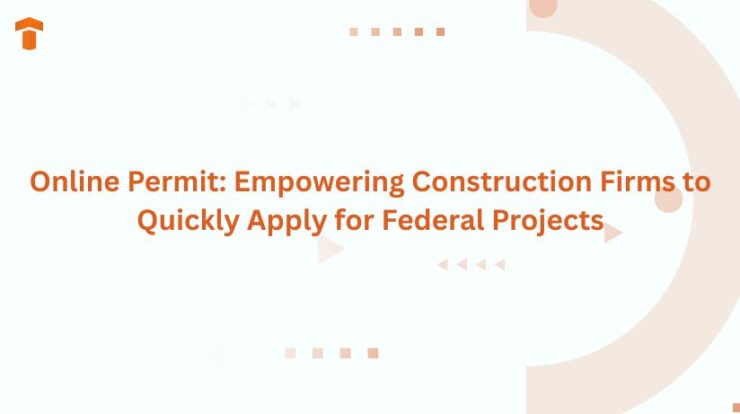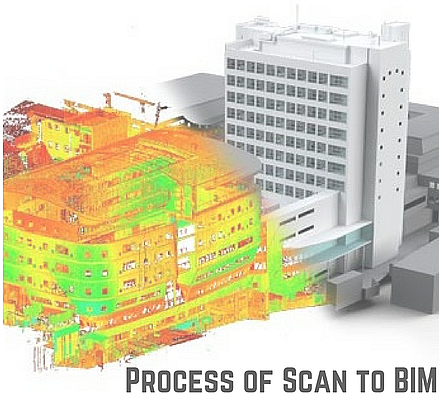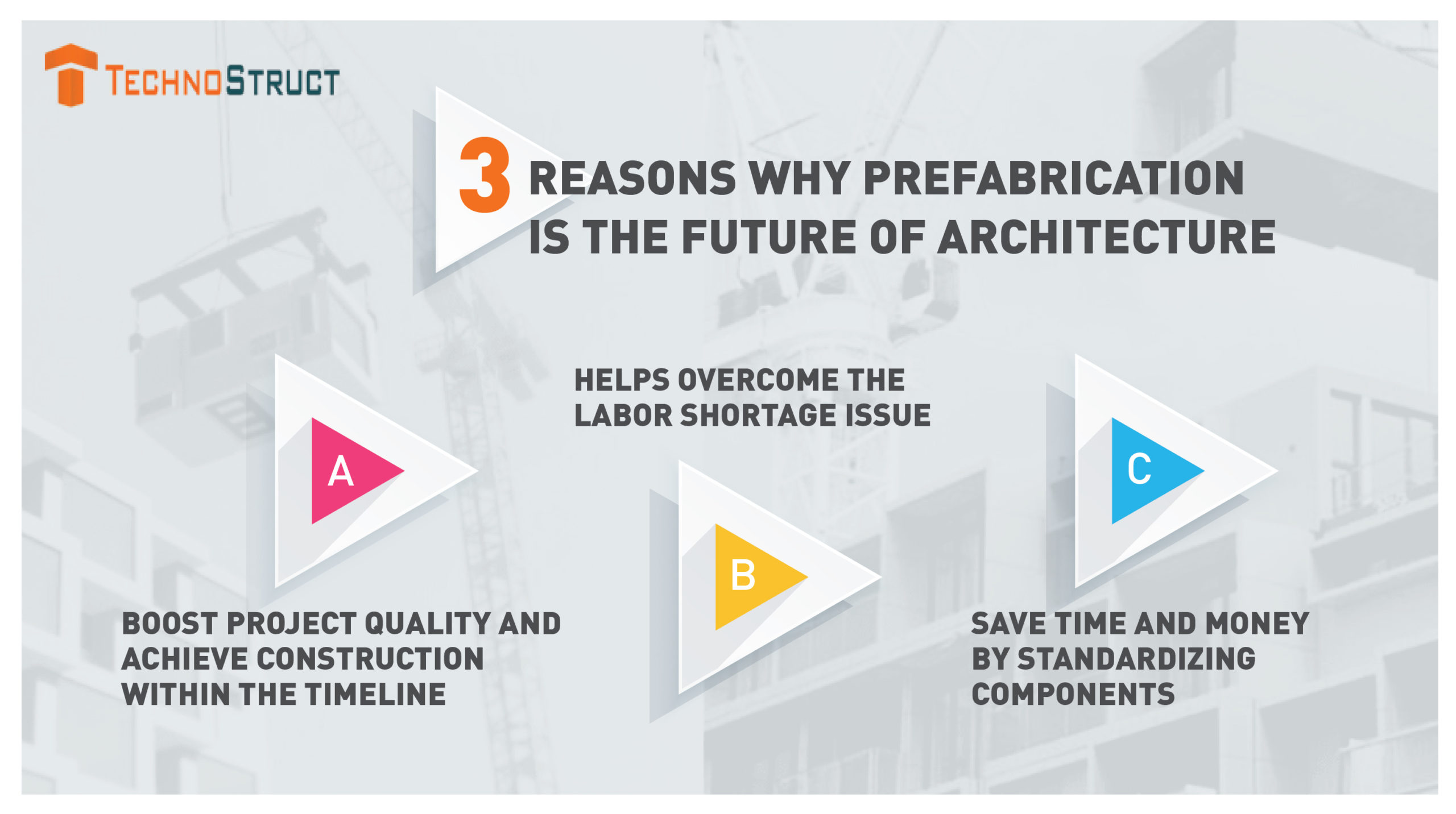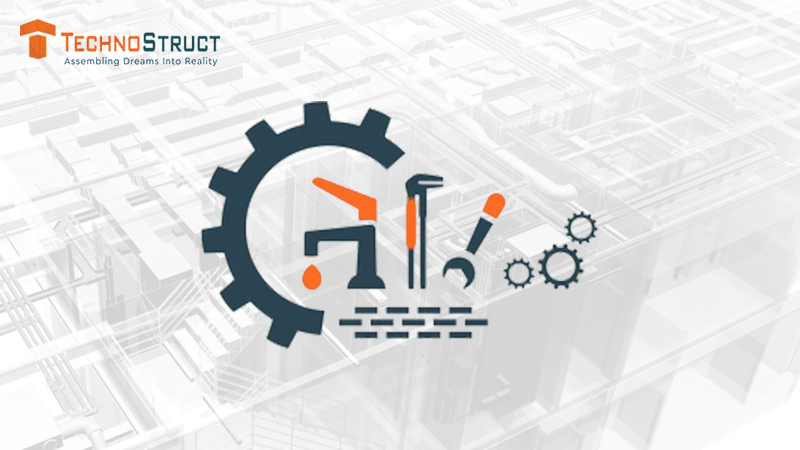
Never-ending paperwork and bureaucratic hurdles often affect the speed of approval for infrastructure projects. In the digital era, documentation and approvals are processed faster than ever, and government utility projects must shift away from manual approvals. A historic announcement from the US government has taken us in the same direction.
According to the new announcement, federal AEC (architecture, engineering, and construction) projects can obtain permits online. It is a welcome change in a world that has embraced digital processes, and this transparent as well as fast procedure will bring a fresh wave of infrastructure development. In this blog, let’s learn more about it.
Reasons for the Federal Permitting Process Being Outdated
The AEC industry is evolving rapidly when it comes to leveraging leading-edge technologies such as BIM, AI, and 3D printing for construction. However, federal projects have not attained the same level of speed due to a substantial amount of paperwork, manual verification, and a lack of communication between agencies.
Hence, waiting months to receive approvals is not uncommon for federal construction teams. However, the latest government mandate ensures a tech-driven system that will accelerate the permit approval process.
What has urged the US Government to digitize the Permit Process?
The federal government has taken this step as traditional, paper-based approvals are slow, cause delays, and are inefficient, especially if multiple agencies are involved. Bureaucratic bottlenecks risk the government falling behind compared to the local governments and the private sector, as they are embracing digital solutions to streamline operations.
Furthermore, the introduction of revolutionary technologies such as BIM (Building Information Modeling), digital twins, and AI in the AEC (Architecture, Engineering, and Construction) industry has pushed the federal government to match their footsteps with them. Digital and traceable processes also promise to enhance transparency and accountability.
This e-permitting push will enable federal agencies to submit applications through digital permit submission portals. The process will be faster due to automation, eliminating the requirement for tedious tasks such as completeness checks and data entry. Additionally, shared communication platforms and databases will facilitate better interagency collaboration.
AEC firms and federal contractors working on federal projects can avail of faster approvals. It is ideal for agencies such as the US Army Corps of Engineers, as their regulators manage multiple permits simultaneously. With the online process, applicants can track the live status of the permit, and there is less risk of lost files and also, and it involves less paperwork.
Benefits of Online Permit Process for Construction Firms
Quick Start of Projects
Waiting for weeks or months is common for the AEC companies due to the manual reviews. However, digital permit systems empower them to submit applications and get them reviewed faster, leading to fewer delays. Hence, they can kick off the project on time and finish it under the deadlines, which clients demand. Furthermore, firms can ensure less amount of idle time and cost overruns through effective management of labor and resource planning.
Track Applications in Real-Time
Just like tracking a shopping order, AEC organizations can monitor the progress of their applications from submission, review, and revisions, to approval. Thus, there is no scope for guesswork, and constant follow-ups, project managers can coordinate schedules more efficiently. Firms can proactively address the flagged issues by keeping an eye on the live updates. As a result, better communication with regulatory bodies and clients and quick resolutions ensue.
Higher Precision and Fewer Errors
Automated validation checks are often integral to the digital systems that flag inconsistent or incomplete entries. This way, there are fewer chances of applications being rejected. It enables construction firms to save time due to fewer resubmissions and setbacks. Improved accuracy makes sure that applications adhere to the regulatory requirements. It plays a significant role in preventing financial penalties and in maintaining trust.
Lower Administrative Costs
The digital permit process is cost-effective for the administrators as they won’t need manual labor for data entry, and can reduce printing and courier services. Construction firms’ administrative staff can also focus on more valuable tasks due to the shift from manual to digital submissions. Minimal overhead expenses and higher operational efficiency of this process pave the way for cost savings.
Enhanced Document Security
A digital locker encompasses all the documents in digital format, allowing the stakeholders to reuse, review, and retrieve them for future projects. This streamlined document-saving process is effective for compliance checks or audits and safeguards valuable paperwork. Additionally, multiple teams from various locations can access the documents, eliminating the requirement to physically mail them.
Increased Coordination
Leveraging online systems brings multiple permitting agencies into a single platform. Thus, different departments do not need to be contacted individually by construction companies. Various agencies have access to the same documents and can approve them to expedite the decision-making process. As a result, faster cross-agency workflows and less miscommunication follow, helping the project obtain multi-level approvals.
Better Risk Management and Planning
Quick permit approvals aid in setting clear project timelines, empowering AEC organizations to align their labor, procurement, and equipment plans. Managers can prevent delays related to permit hold-ups and lower uncertainty about a project. If the firms are aware of when they can acquire permits, they can bid for future projects more confidently.
Final Thoughts
It is thrilling news for the AEC construction companies seeking to obtain permits for federal construction projects. They can maximize the potential of this digital process and move forward with acquiring a license with more clarity and confidence.
FAQs
Q 1: How long does it take to get a construction permit in the US?
Ans: Construction companies can acquire permits within 2 weeks in the US. However, in case a zoning permit or other approval is required, the time can be extended.
Q 2: Do civil engineers need a license in the US?
Ans: Entry-level civil engineers do not require a license in the US. However, they must possess a license if they aim to provide services directly to the public.
Q 3: What does PE stand for in construction?
Ans: PE is the full form of a Professional Engineer. It is a law-recognized designation that is given to qualified engineers.



